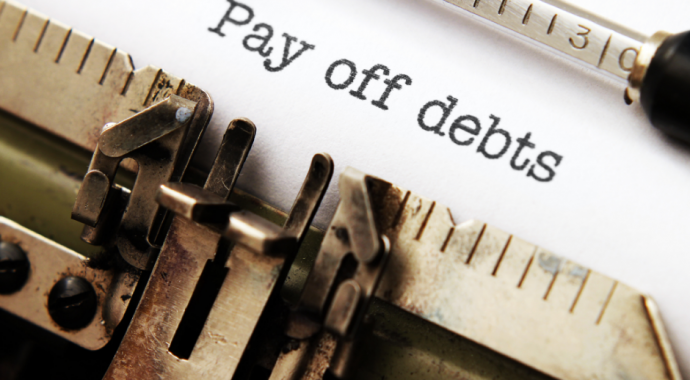
People often wind up with many debts. It can be hard to follow and harder to figure out how to pay the debt off. You can create your own list and try to follow it month after month. Or, you can use our Debt Repayment Application. You fill out the information regarding each amount of bad debt, and the program will figure out how much is paid down in total and how much is still in debt.
There is no right recipe or guidelines. However, there are some suggestions on how to start.
Starting to Understand Your Debts
You need to be able to list the various debts that need special attention.
Firstly, it must be recognized what debt you’re paying off. There are two types of debt.
1) There is debt that is properly planned and can be handled under regular financial conditions. For example, you go to the bank and ask for a car loan. They check you out and agree to give you a loan. You should’ve checked yourself out first to see what you can afford to put in your budget. Then you don’t take any more than you figure out you can budget for the loan. Don’t take what the bank will loan you if it is more than what you can handle. The loan is acceptable, so it is good.
2) Then there is debt that is not planned. It is extra/bad debt. You might have an issue that requires you to use up some of your funds that are not included in your budget. All of a sudden, you don’t have enough to pay off your rent. You are three hundred dollars short. There is another problem that concerns the first problem, and you wind up another three hundred dollars short on your rent. Now you are six hundred dollars short on your rent. This is not planned debt. This should normally be handled by your emergency funds, but you haven’t saved up much yet. So now you must do some real budgeting. You will have to cut back somewhere to make up the difference.
The Strategies
Once it is clear how many debts you have and how much you owe, it is time to address strategies.
There are two common strategies to use here.
The Snowball Method: By paying off the smallest debt, then the next smallest, you create a snowball effect of removing the debts. It feels good to get rid of one debt at a time.
Start by paying a little bit of the smallest debt and increase the payments continuously. This method usually starts you on a successful path to reducing debt. It is a great starter because progress can be seen and felt sooner. Once the smallest debt is paid off, then start paying off the next smallest debt.
The second strategy is the Avalanche Method. You pay down the debt with the highest interest rate. Therefore, actually reducing the amount rather than trying to delete just one debt. Obviously, the debt with the highest interest rate is costing you more.
On the other hand, it can be a bit tricky with multiple debts and varied interest rates. It can take a lot of math to figure out the best method. Or else you can use the Debt Reduction Calculator by Vertex42. This handy calculator will help you figure out which debt is best to pay off first in order to reduce your overall debt the quickest way.
It doesn’t matter which road you take, the major difference is managing your way out of debt.
If you’re lucky enough that your smallest debt is the highest interest rate, then you will be killing two birds with one stone.
